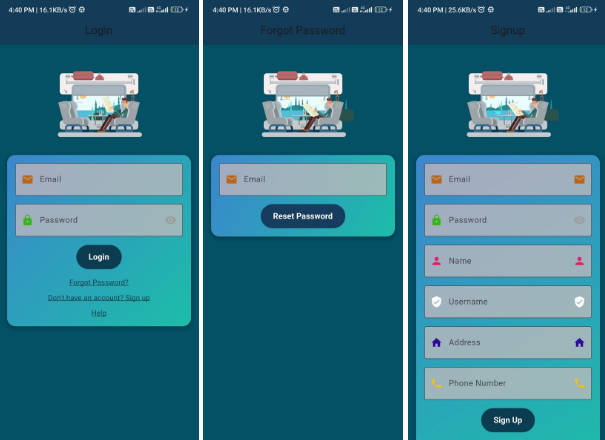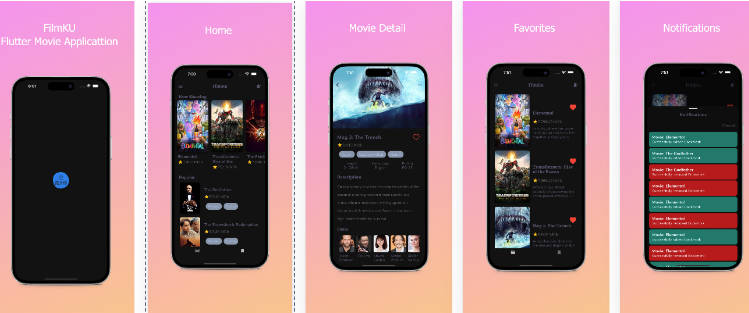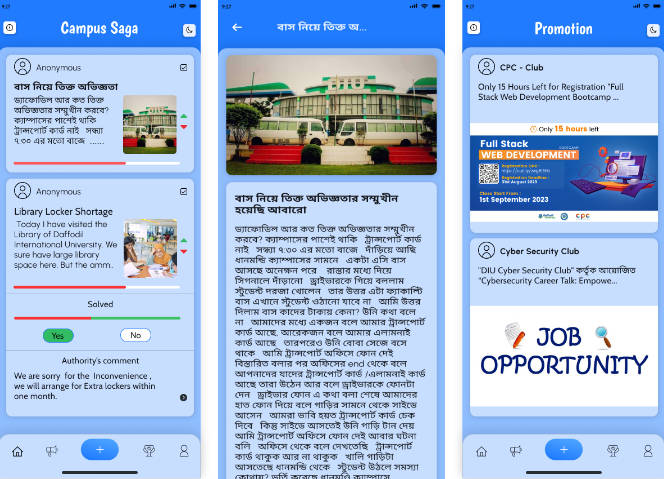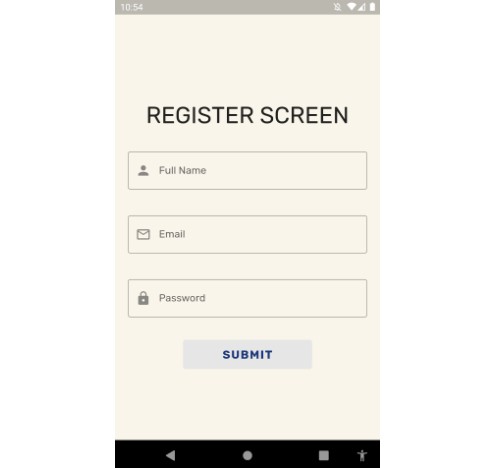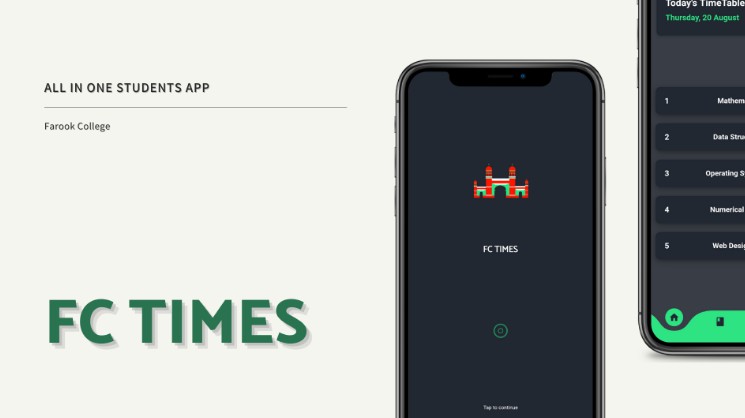GDSC DeKUT
GDSC DeKUT is a community based mobile application built on the flutter framework to help unite the tech Community in Dedan Kimathi University by helping the get access to upcoming events, resources, news, tech groups, and the leads contacts to allow them to contact them incase of any challenge in their learning process.
The app is built courtesy of GDSC (Google Developer Students Club)
Note The app is not built only for GDSC but the whole tech community or anybody that feels they need to get access to resources to help them learn new and cool things
The app is on PlayStore
You can find the application here
Technologies Used in the project
The mobile application is completely built on the the
flutterframework andfirebaseplatform
-
Flutter
-
Firebase
. Cloud Messaging
. Firebase Storage
. Firebase Firestore
. Authentication
Project Set up
1. Initialize firebase
To initialize firebase we are going to use FlutterFire for this work as it will do all the dirty work for us
You can check more about flutterfire from its docs
Note Yoo need to have a Firebase account, incase you dont have you can create one here
After you have fully installed flutterfire you can now enable flutterfire for your project now
2. Enable FlutterFire for your Flutter Project
To get started, you need to run the following command in the terminal of your ide of your project’s directory
// paste in your terminal
dart pub global activate flutterfire_cli
3. Login to Firebase from your account
Note
To get started, you need to install this you need to have npm(node package manager installed) for you to install the firebase tools
// paste this
firebase login
4. Configure Flutterfire to your project
The FlutterFire CLI extracts information from your Firebase project and selected project applications to generate all the configuration for a specific platform.
In the root of your application, run the configure command:
// paste this
flutterfire configure
After you install, all the configurations in your build.gradle file are added and the google-service.json are added in the android folder and Firebase will be integrated in your system this will save you all the trouble of having to install all the configurations one by one and this may cause some of the things to be oeverlooked.
5. Home Page
The home page tries to feature all the sub sections of the application from the events announcements, groups, twitter and even the profile page.


6. Event Page
All the events that are upcoming in the tech community can be found in the event page


7. Resources Page
All the resources that the members of the tech community will be found here
In the resources page the members are given the ability to post new reources if they have any to share with the other members


8. Groups Page
All the tech groups in the community will be found here
In the news page the members are given the ability to get acess to the groups in the tech comunity and also the newly posted news in Community


Serverless Framework AWS NodeJS Example
This template demonstrates how to deploy a NodeJS function running on AWS Lambda using the traditional Serverless Framework. The deployed function does not include any event definitions as well as any kind of persistence (database). For more advanced configurations check out the examples repo which includes integrations with SQS, DynamoDB or examples of functions that are triggered in cron-like manner. For details about configuration of specific events, please refer to our documentation.
Usage
Deployment
In order to deploy the example, you need to run the following command:
$ serverless deploy
After running deploy, you should see output similar to:
Deploying aws-node-project to stage dev (us-east-1)
✔ Service deployed to stack aws-node-project-dev (112s)
functions:
hello: aws-node-project-dev-hello (1.5 kB)
Invocation
After successful deployment, you can invoke the deployed function by using the following command:
serverless invoke --function hello
Which should result in response similar to the following:
{
"statusCode": 200,
"body": "{\n \"message\": \"Go Serverless v3.0! Your function executed successfully!\",\n \"input\": {}\n}"
}
Local development
You can invoke your function locally by using the following command:
serverless invoke local --function hello
Which should result in response similar to the following:
{
"statusCode": 200,
"body": "{\n \"message\": \"Go Serverless v3.0! Your function executed successfully!\",\n \"input\": \"\"\n}"
}
Feel Free to contribute
You can fork the repo and feel free to contribute
Note
You can reach me up on email emilio113kariuki@gmail.com or twitter @EG_Kariuki


